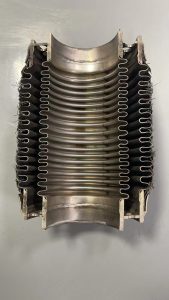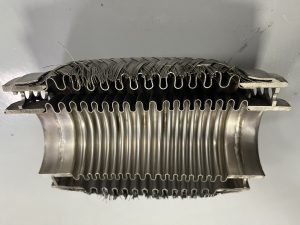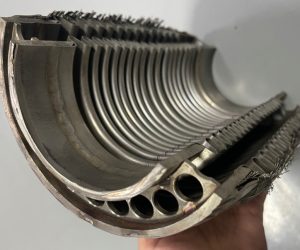


The inner diameter of an exhaust flex pipe is a critical factor in the performance of a vehicle’s exhaust system. The flex pipe is designed to absorb vibrations and movement in the exhaust system, which can be caused by engine movement or changes in temperature. It is also responsible for reducing noise and preventing exhaust leaks.
The inner diameter of the flex pipe determines the amount of exhaust gas that can flow through the system. If the diameter is too small, the exhaust gas will be restricted, causing backpressure in the engine and reducing performance. On the other hand, if the diameter is too large, the exhaust gas will flow too quickly, reducing the efficiency of the exhaust system.
The size of the inner diameter of the flex pipe is determined by the size of the engine and the type of vehicle. Larger engines require larger pipes to allow for proper exhaust flow, while smaller engines require smaller pipes to maintain optimal performance. The type of vehicle also plays a role in determining the size of the flex pipe, as different types of vehicles have different exhaust systems.
In addition to the size of the inner diameter, the material used to construct the flex pipe is also important. Stainless steel is a popular choice for its durability and resistance to corrosion. It is also known for its ability to withstand high temperatures and pressure.
Overall, the inner diameter of an exhaust flex pipe is a critical factor in the performance of a vehicle’s exhaust system. Proper sizing and construction of the pipe can improve engine performance, reduce noise and prevent exhaust leaks. It is important to consult with a professional mechanic or exhaust system specialist to determine the appropriate size and material for your vehicle’s exhaust system.

